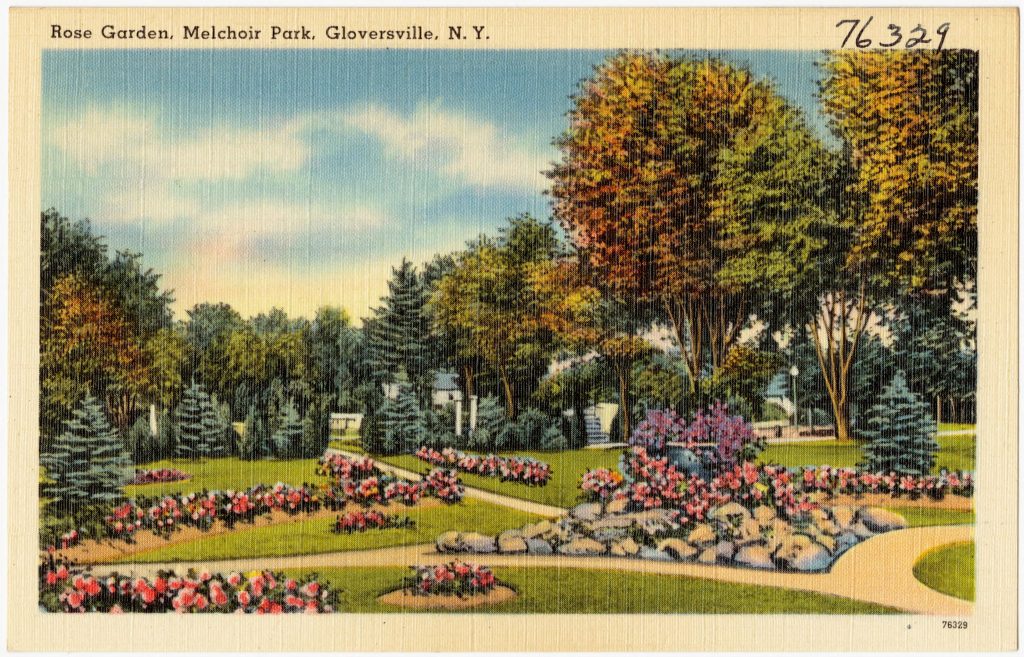Sepia Saturday 557. Ninth in a series on my maternal German ancestors, the Stoutners, of Gloversville, Fulton Co., N.Y.

When they marriage, around 1866, my maternal German immigrant great-great grandparents Andrew Stoutner, 34, and Christina Albeitz, 22, created the blended Stoutner family of Gloversville, N.Y.
They began their life together as co-parents of Mary E. Stoutner, 5, and William Stoutner, 2 – Andrew’s children with his second wife Elizabeth D. Stoutner, who died in 1865.

And by 1867, Christina was pregnant with their first child together – a daughter Rose, born 20 Feb. 1868.
A promising beginning
I try to imagine my great-great grandparents’ first two married years. Presumably, it was a time of healing and renewal for widower Andrew and his children with Christina joining the household as a new wife and stepmother.
For recently-arrived Christina, Andrew and the children likely provided her with a sense of belonging as she adjusted to her new life in the U.S. And soon she and Andrew were expecting a new addition to their blended family — a promising beginning.

Illness casts a shadow
Yet life was precarious for infants and children in the nineteenth century. There were no vaccines for infectious diseases — and pre- and post-natal care were not what they are today. According to one source 1 Field MJ, Behrman RE, editors. When Children Die: Improving Palliative and End-of-Life Care for Children and Their Families. Institute of Medicine (US) Committee on Palliative and End-of-Life Care for Children and Their Families; Washington (DC): National Academies Press (US); 2003.:
In 1900, 30 percent of all deaths in the United States occurred in children less than 5 years of age…pneumonia and influenza, tuberculosis, and enteritis with diarrhea were the three leading causes of death in the United States, and children under 5 accounted for 40 percent of all deaths from these infections.
Tragedy in the Stoutner household
Nor were illnesses tracked in the 1800s they way they are today by state departments of health, the U.S. Centers for Disease Control and the World Health Organization.
Every birth in the 1800s came with hidden dangers — both for the mother during her pregnancy and before/after delivery, and for the child in its first years of life.
Sadly, the Stoutner family was not immune to these risks. On 18 October 1868, little Rose Stoutner died at 7 months of age — her dates engraved on her tombstone in Prospect Hill Cemetery, Gloversville, N.Y.

New York State did not begin compiling death records until June 1880, so Rose’s exact cause of death is unknown. She may have succumbed to one of the illnesses that claimed so many infants at the time — or she may simply have started out poorly and failed to thrive.
Whatever the cause, Rose’s death undoubtedly cast a pall over the Stoutner family — and Christina joined Andrew and the children in mourning the heartbreaking loss.
Up next: Happier days with baby John Stoutner. Please stop back! Meanwhile, please visit the blogs of this week’s other Sepia Saturday participants here.
© 2021 Molly Charboneau. All rights reserved.

To lose a child is one of those universal tragedies of mankind. Sadly despite the advance of medical science, those challenges of infant mortality and childhood illnesses are still prevalent in many parts of the world. I wonder how much families in rural New York communities suffered from a lack of midwives and the long distance to reach doctors. Recently I’ve come across newspaper reports from city health departments giving monthly accounts on deaths. They were surprisingly detailed with the causes of death. Small pox, typhoid, yellow fever were all very common in America.
So true, Mike. Despite global advances in public health, the tragedy of infant mortality is unfortunately still with us.
An unfortunately common story among our ancestors. After looking at a family Bible for years, I finally realized that the family had begun recording births and deaths when a child died on the day of her birth. I could tell that all of the entries were written on the same day. They were apparently intent on honoring her name in a family Bible, but had to record the earlier children before they could record her birth and death.
This is such a touching story of your ancestors memorializing a child who died young in a family Bible. Thank you for sharing it here.
It was not uncommon back then for some of the children in a family to fail to reach adulthood. That, of course, didn’t make it any easier for the parents and siblings of those young ones who passed away all too soon. My husband’s mother’s family lost three young boys – two in infancy, and one at the age of 10. I can’t imagine the pain of losing a child – especially so young before they ever really had a chance at life.
As we are learning with the Covid pandemic, the development of vaccines made a huge difference — vastly improving the survival rate of infants and children coupled with general improvements in public health and healthcare. Like you, I cannot imagine the trauma families suffered over the loss of a child.
Like Wendy, many of my grandfather’s siblings died before reaching adulthood. Of the eight children, 4 lived to be adults, marry and start their own families. New to genealogy, I’m trying now to research exactly what happened. I just have family lore.
I plan to do some newspaper research to see if any epidemics or illnesses are mentioned. Perhaps that might help you discover what happened.
My great-grandmother had 3 children that died as infants, but only the last one has a death certificate. He died from jaundice, something you just don’t hear much about anymore.
So sad. Sometimes their tombstone is the only record of these lost children.